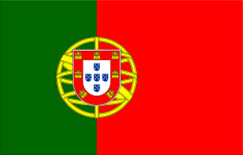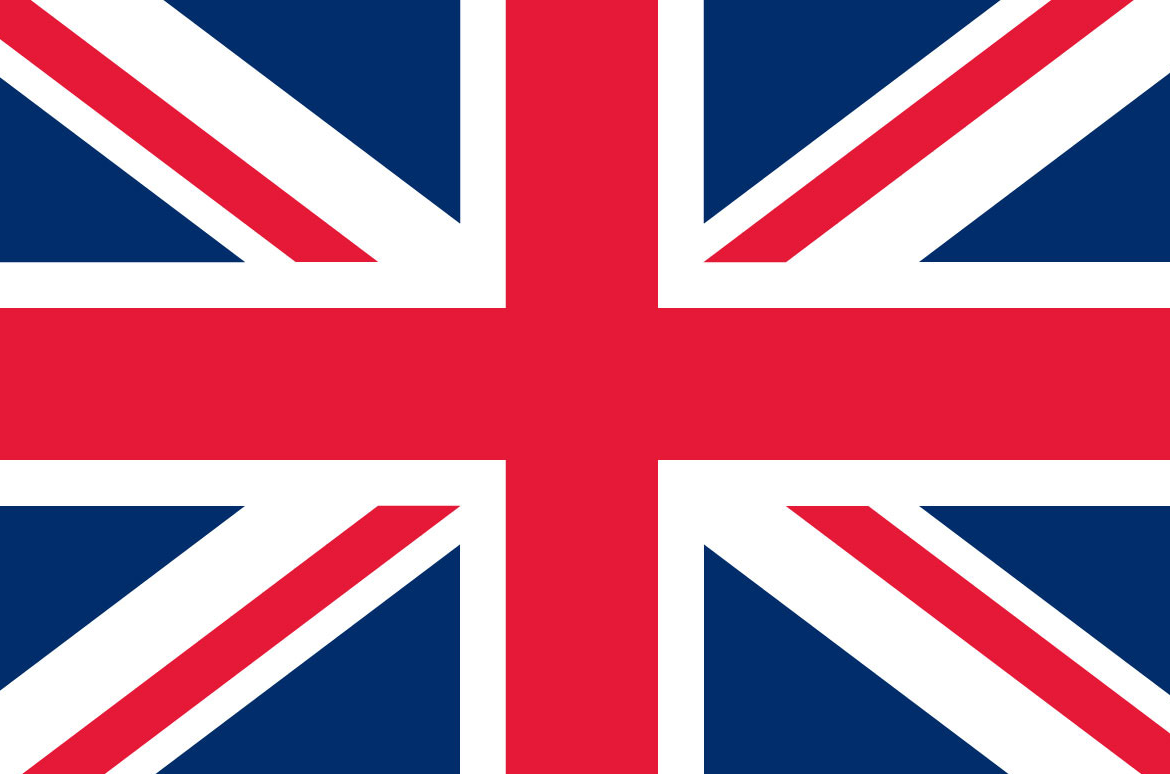Serviços Online
Títulos de Atividade
Serviços Online
When you want to install aquaculture in marine waters, including transitional waters.
Companies or private persons wishing to install and operate sea-farming and related establishments through private use of water resources and national maritime space.
Online order submission:
- Register and authenticate yourself;
- Access the new Request menu, select the Request Category, "Aquaculture Activity Titles "and the Order Type "Application for Aquaculture Activity Title";
- Fill out the form, upload the attachments, check the information and submit your request.
DGRM provides its customers with two manuals to support the use of online services:
![]() User Manual TAA Download (2.8 MB)
User Manual TAA Download (2.8 MB)
![]() Partner Entities Manual Download (1.6 MB)
Partner Entities Manual Download (1.6 MB)
For questions or information, exclusively on aquaculture activity titles:
- E-mail: ajuda.bmar@dgrm.mm.gov.pt
- Telephone: +351 213 035 805, Monday to Friday from 10:00 AM to 12:00 PM and from 02:00 PM to 04:00 PM
If the applicant is a natural person:
1. Licensing application with the following information:
a) Identification of the interested party:
i) Name;
ii) Address;
iii) Tax identification number (TIN);
iv) Telephone contact;
v) E-mail address.
b) Location of the establishment
i) Place, parish and municipality;
ii) Total area and useful area of the establishment;
iii) The built area of the establishment, indicating for this purpose the total area of construction of the facilities;
iv) Indication of the geographical coordinates of the location of the establishment in the WGS84 World Geodetic System;
v) Document proving ownership of the location of the establishment, if it belongs to the interested party, or, if not, a document proving the right to use the land on which the establishment will be installed.
c) Characterization of the establishment
i) CAE codes of the activity (ies) to be carried out in the establishment;
ii) Information on the activity to be carried out, namely:
- Detailed description of the activity to be developed, the equipment and materials to be used, with indication and characterization of the facilities to be built, necessary for the exercise of the activity;
- Description of the production process, indicating the culture system, the exploitation regime indicating the species to be cultivated (the common name, the genus and the species) and the origin of the specimens (eggs, juvenile or breeding fry) for restocking the establishment , and respective quantitative;
- Indication of the production capacity and the production plan (expected annual production and its flow) by aquaculture product, as well as the forecast of the expected average production for each species expressed in tons / year;
- Indication of biological, chemical and pharmaceutical products to be used;
- Description of the facilities for supplying and storing water for human consumption and water to support aquaculture life, as well as its origin, available flow, volumes of water to be used (annual, with indication of the month of greatest consumption) and power extraction to be installed;
- Water flows captured;
- Physico-chemical and microbiological characterization of the establishment's water supply and description of any water treatment systems;
- Indication of the circuit and operating conditions of the hydraulic system;
- Indication of the types of energy used explaining the respective consumption, namely, hourly, monthly or yearly;
- Indication of available social equipment (changing rooms, changing rooms, toilets and washrooms);
- Indication of waste collection and treatment operations;
- Identification and characterization of pollutant emissions and treatment systems;
- Identification of wastewater rejection sites (including geographic coordinates), parameters and emission and capture limit values, volume and physico-chemical characterization, treatment and respective efficiency, and final destination;
- Reject monitoring plan.
The referred requests are also accompanied by the following elements, as applicable:
- Georeferenced plan of the total area of the establishment or delivery of the shape;
- Self-control program (quantity and quality) with indication of sampling locations and methods, parameters and frequency to be implemented;
- Signage forms and safety rules to be adopted (only in establishments located at sea);
- Maritime signaling project (only in establishments located at sea);
- Emergency and or contingency plan (with the exception of establishments located in intertidal zones).
2. Individual identification number (Citizen Card, ID card or residence permit) and tax number;
3. Declaration of commencement of activity, restart and / or declaration of changes, as delivered to the tax administration.
If the applicant is a legal person:
1. Declaration (mandatory document to initiate the process)
2. Licensing application with the following information:
a) Identification of the interested party:
i) Name;
ii) Headquarters;
iii) Legal Entity Number (NIPC);
iv) Telephone contact;
v) E-mail address.
b) Location of the establishment
i) Place, parish and municipality;
ii) Total area and useful area of the establishment;
iii) The built area of the establishment, indicating for this purpose the total area of ??construction of the facilities;
iv) Indication of the geographical coordinates of the location of the establishment in the WGS84 World Geodetic System;
v) Document proving ownership of the location of the establishment, if it belongs to the interested party, or, if not, a document proving the right to use the land on which the establishment will be installed.
c) Characterization of the establishment
i) CAE codes of the activity (ies) to be carried out in the establishment;
ii) Information on the activity to be carried out, namely:
- Detailed description of the activity to be developed, the equipment and materials to be used, with indication and characterization of the facilities to be built, necessary for the exercise of the activity;
- Description of the production process, indicating the culture system, the exploitation regime indicating the species to be cultivated (the common name, the genus and the species) and the origin of the specimens (eggs, juvenile or breeding fry) for restocking the establishment , and respective quantitative;
- Indication of the production capacity and the production plan (expected annual production and its flow) by aquaculture product, as well as the forecast of the expected average production for each species expressed in tons / year;
- Indication of biological, chemical and pharmaceutical products to be used;
- Description of the facilities for supplying and storing water for human consumption and water to support aquaculture life, as well as its origin, available flow, volumes of water to be used (annual, with indication of the month of greatest consumption) and power extraction to be installed;
- Water flows captured;
- Physico-chemical and microbiological characterization of the establishment's water supply and description of any water treatment systems;
- Indication of the circuit and operating conditions of the hydraulic system;
- Indication of the types of energy used explaining the respective consumption, namely, hourly, monthly or yearly;
- Indication of available social equipment (changing rooms, changing rooms, toilets and washrooms);
- Indication of waste collection and treatment operations;
- Identification and characterization of pollutant emissions and treatment systems;
- Identification of wastewater rejection sites (including geographic coordinates), parameters and emission and capture limit values, volume and physico-chemical characterization, treatment and respective efficiency, and final destination;
- Reject monitoring plan.
The referred requests are also accompanied by the following elements, as applicable:
- Georeferenced plan of the total area of the establishment or delivery of the shape;
- Self-control program (quantity and quality) with indication of sampling locations and methods, parameters and frequency to be implemented;
- Signage forms and safety rules to be adopted (only in establishments located at sea);
- Maritime signaling project (only in establishments located at sea);
- Emergency and or contingency plan (with the exception of establishments located in intertidal zones).
3. Legal entity identification and tax identification numbers of legal representatives;
4. Certificate of content of the Commercial Register or code of the permanent certificate.
For the procedures provided for in article 7 or article 10 of Decree-Law no. 40/2017, of 4 April, which define the legal regime for the installation and operation of inland water establishments, a fee is charged Aquaculture (TAQ) whose value is calculated based on the following formula:
TAQ = TB × FDE × FRE
FDE corresponds to the variable value depending on the size of the establishment and the component
FRE corresponds to the variable value depending on the operating regime.
The TB component corresponds to an amount of € 200.
The FDE component is determined as follows:
a) <10 hectares - 0.5;
b) ≥ 10 hectares - 1.
The FRE component is calculated as follows:
a) Extensive regime - 0.5;
b) Semi-intensive regime - 0.75;
c) Intensive regime - 1.
The amount of the deposit is fixed on the basis of the following formula:
Vdeposit = M+R
where component M corresponds to the amount intended to guarantee the maintenance of the physical, chemical and biological conditions of the marine environment, marine water bodies and inland water bodies and component R corresponds to the amount intended to ensure, at the time of termination of the right of private use, removal of works or mobile structures.
In marine waters, components M and R correspond to the following percentages of the amount invested in the work:
a) Component M corresponds to 0.5% for mollusc farming and algaculture and 1% for other crops;
b) Component R corresponds to 4% for mollusc farming and algaculture and 5% for other crops.
In transition waters, components M and R correspond to the following percentages of the amount invested in the work:
a) Component M corresponds to 1.5% for mollusc farming and algaculture and 2% for other crops;
b) Component R corresponds to 2% for mollusc farming and algaculture and 3% for other crops.
In inland waters, components M and R correspond to the following percentages of the amount invested in the work:
a) Component M corresponds to 1.5% for mollusc farming and algaculture and 2% for other crops, namely fish, crustaceans or amphibians;
In private and public domains, the titles of culture establishments in marine waters, inland waters and related establishments are valid for a maximum period of 25 years, with the coordinating entity being able to set a shorter period, by reasoned decision.
In cases where there is rejection of wastewater in the water domain, the TAA are valid for a maximum period of 10 years.
In the case of blue licensing, the maximum term of the license is 25 years, which can be renewed up to a maximum term of 50 years, including the initial term and subsequent renewals.
Decree-Law nº. 40/2017, of 4 April
Ordinance nº. 276/2017, of 18 September
Ordinance nº. 279/2017, of 19 September
Ordinance nº. 280/2017, of 19 September



